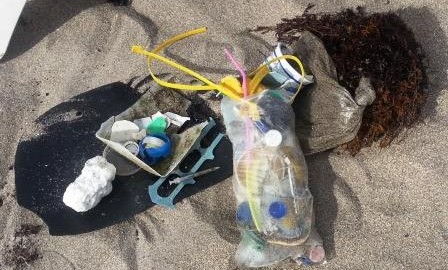
If you live in the U.S. or some other country with strong rules for clean air and water, the most polluted places in the world seem far away. It’s likely your neighbors don’t have radiation poisoning or barrels of pesticide festering in the backyard.
But those in low- and middle-income countries are not so fortunate. They bear the brunt of almost all the cancers, disease and other afflictions caused by pollution. Children are especially vulnerable.
Fortunately, the Global Alliance for Health and Pollution connects needy nations with sources who can help. “GAHP exists so countries don’t have to deal with pollution on their own,” according to Richard Fuller, president of Blacksmith Institute for a Pure Earth, one of the NGO’s partners. “There are terrific results where countries have done the right things,” adds Stephan Robinson of Green Cross Switzerland.
Here are some success stories from a new report, The Top Ten Countries Turning the Corner on Toxic Pollution: Continue reading




